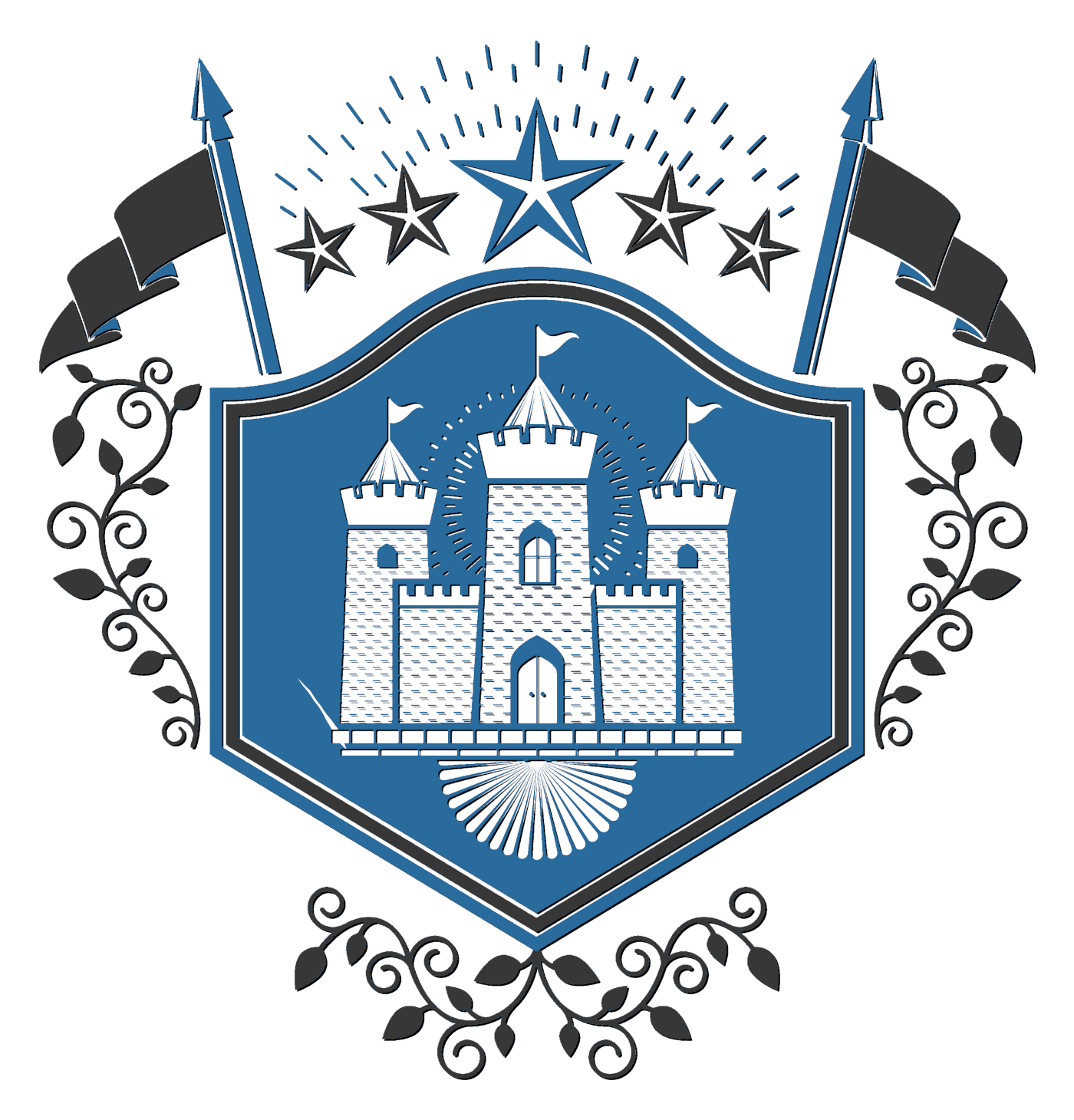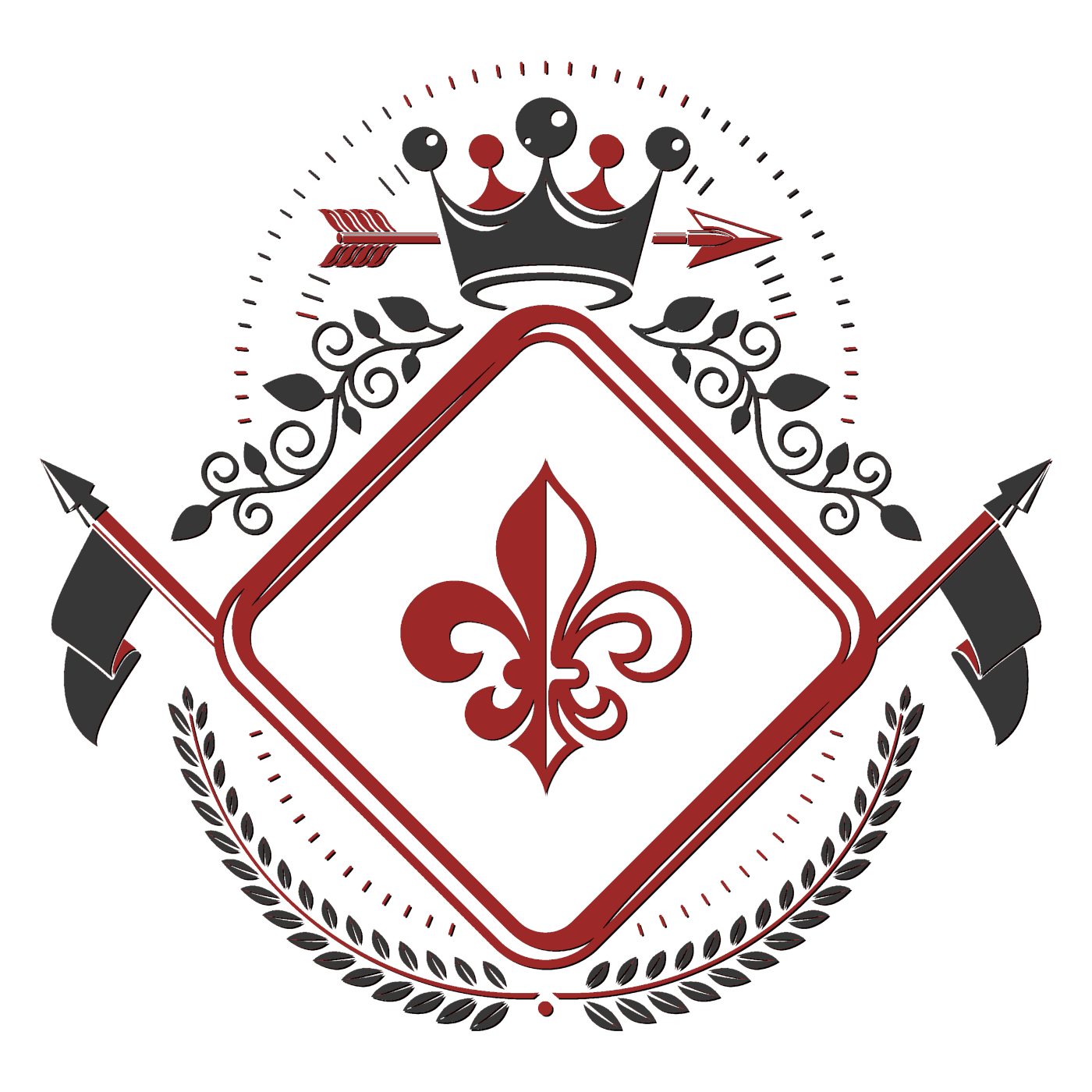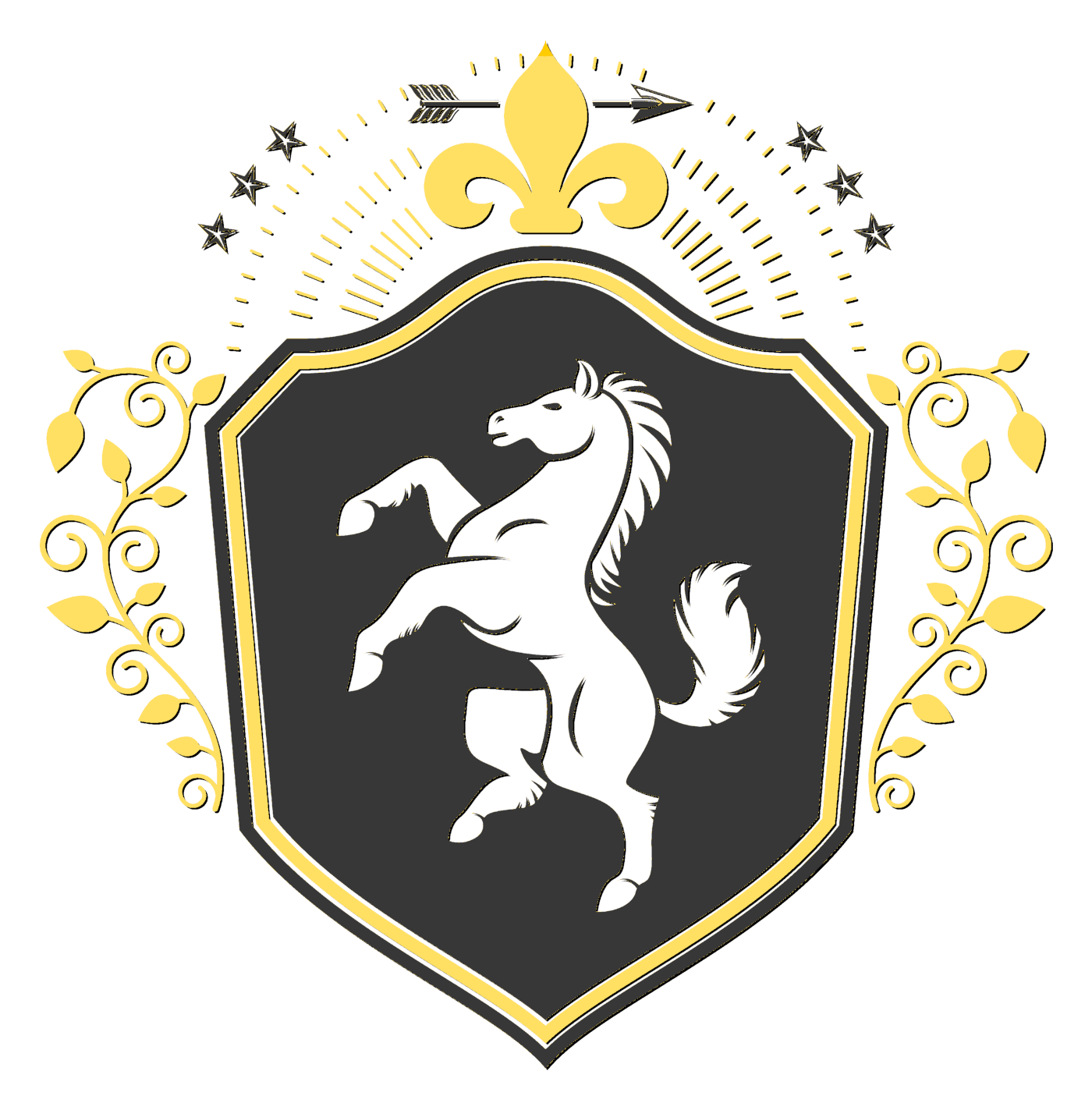* stumbles into the Post New Topic page, goaded by multitudinous kicks *
Yikes, give you guys an inch and you take a mile. Whatever.

Here you go.
X+ is very very similar to the old Xbasic. It just has more abilities, and is more flexible, and is better defined. Its structure is advanced, enabling a whole new world of mapping.
Alright, a Map is made up of Attributes. There are four kinds of attributes: Aspects, Classes, Characteristics, and Elements. These are the four Levels. You can embed any level within itself, or within a level higher than itself (i.e., a class inside a class or inside an aspect, but not inside a characteristic).
If you have an attribute inside of an attribute that is the same level as it, it is said to be in the second Tier. A class inside of an aspect is first tier. A class inside of a class is second tier. A class inside of a class inside of a class is third tier. And so on.
Every attribute is made up of two parts: the Tag and the Content. The tag always precedes the content, and the content is always wrapped in brackets (like css, not json, if you know what those are and if that helps you any). The kind of brackets used depends on the level: aspects use curly brackets, classes use square brackets, characteristics use parentheses, and elements use angle brackets.
The tag consists of three pieces, each of which is completely optional: the Title, the Alias, and the Label, in that order. If present, the alias is preceded by a colon. If present, the label is preceded by an asterisk. Thus, if all parts are present, here is the anatomy of an attribute (using the example of an aspect):
Title:Alias*Label{Content}The colored parts (green, red, blue) are the tag, the gray part is the content. You can always leave out any part with impunity if you don't want to use them:
:Alias*Label{Content}Title*Label{Content}Title:Alias{Content}Title{Content}Each part, title, alias, label, and content, has its own meaning and way of interpreting what you put in it.
Before I explain what those meanings are, I need to explain what a Metaphor and a Keyword is.
A metaphor can only be in the content of an element, or within a label. Metaphors make up the flesh of a map: everything else is the bones that provide the structure which the muscle works on. Without either one of these, your map will fall to pieces and be useless. You need good structure and good content. A metaphor describes the essence itself using word pictures (using poetic phrases or numbers or merely words) or External References (a reference to something that is outside the map and understood by the audience).
A keyword is a word that is used anywhere in the map, in any of its parts, which has a reserved meaning specifically for essence mapping that you don't define. Keywords are sometimes in all caps to help differentiate them from other, regular words. I will introduce them to you as you need them and understand their use.
A title describes the context of the attribute. It is the name of what the attribute is describing. You can of course use anything you like for a title. Commonly used titles which work very well include Color, Light, Emotion, Depth, Power, Spirit, etcetera. There are several keywords that you can use for titles, such as Layer, Angle, and Facet. I will have to explain those in another tutorial, possibly.
An alias also names the attribute, but it does so without actually giving any additional meaning to it. It creates a 'handle' so that you can refer to it from other parts of the map (like a variable name in programming, if that helps you any). If you Internally Reference an alias in another part of the map, it is as if you embedded the essence of that attribute where it is referenced. You reference an alias with backslashes like this:
\Alias\
That is an internal reference.
A label describes how the attribute works with its sibling attributes to define their parent attribute. It can describe the mechanics of it (using special keywords), or the essence of it (using a regular metaphor).
I am going to introduce you to some of those special keywords here. These are always done in all caps, and can only be used inside of a label.
The first and the most commonly used is SUBTRACT. This means that instead of adding to the essence, the attribute subtracts from the essence. See, every attribute works together to either intersect or add to the essence of the map, based on where they are in the structure.
Here is an example:
(motion<frozen> *SUBTRACT<white/blue>)
This is a characteristic with two elements inside. The first element has the title 'motion' and the second has the label SUBTRACT. The label describes how its content works with its sibling attributes to define their parent, so SUBTRACT says that 'white/blue' is subtracted from the essence of 'frozen motion' as it defines the characteristic.
Also notice that in this example, the whole attribute is on one line, with its children attributes separated by spaces. You don't have to do it that way, but it was the neatest and most efficient and orderly option for this attribute. I could have also written it this way:
(
motion<frozen>
*SUBTRACT<white/blue>
)
There are three other keywords like this one: ADD, INTERSECT, and REPLACE. By default, all levels but elements use the intersecting mode, and elements use the adding mode. So you don't have to stipulate that in the label each time. If it is different though, it makes it clearer if you say so in the label with these keywords.
REPLACE takes that attribute out of the map, so to speak, so that it doesn't affect its parent at all. This is handy only if you alias it and reference it elsewhere (like in a title or a label, where there isn't room for a whole attribute system, or in multiple places). It is easy to mis-use this feature and make maps that are ridiculously hard to read, but it is also an incredibly powerful tool for making otherwise ridiculously incomprehensible maps easier to read. So use sparingly and with care.
There are three other all-caps keywords for describing modes: ABSTRACT, CONCRETE, and ALLEGORY. You can use them anywhere you can use a metaphor, because they are a kind of metaphor (just like a poetic phrase is a kind of metaphor different from a color).
CONCRETE is pretty obvious: *CONCRETE<blue> means that it actually is blue, instead of merely having the essence of blue. ABSTRACT is its antonym, so *ABSTRACT<blue> means that it only has the essence of blue, and could be any color under the sun in reality.
ALLEGORY is very similar to ABSTRACT, but is still quite different. It is almost like a sub-category of ABSTRACT, but not quite. What it does is it says that the attribute should be interpreted in an allegorical, spiritual sense.
*CONCRETE<grass> means that it is like grass. Very simply and tangibly.
*ABSTRACT<grass> means that it has the essence of grass, it affects you emotionally like grass, it reminds you of grass, but it isn't necessarily actually like grass in any tangible way.
*ALLEGORY<grass> means that it has the same spiritual attributes of grass, for example, it withers quickly, or grows fast, or is beautiful without any effort or choice of its own.
Do you see the difference?
Now I am going to explain Slashes and Dashes, two other extremely useful and commonly used pieces in metaphors. They are both used to separate Bits of a metaphor, and they do it differently.
A slash is used to separate two bits that are to be taken as one bit, instead of being taken separately, or adding to each other, or intersecting with each other. Here is an example:
<red/blue>
is not the same as
<red><blue>
A dash separates bits as well, but what it does is says that the bit on the right side is a child element of the bit on the left. You don't have to say it this way, but it is a super handy shorthand. For example, these two element systems are identical:
<red – blood – ABSTRACT>
<red <blood <ABSTRACT>>>
The latter looks kinda cool, but it isn't necessarily as intuitive or readable.
Now using these, you will almost immediately (well, maybe, haha) discover a problem: ambiguity. Consider this example:
<blue/green-mist>
Is this 'blue/green' with a child element of 'mist', or is this 'blue' to be taken as one bit with this 'green-mist' bit? Confusing, huh? Well, here is the answer: use Pipes.
This way, you can make this completely obvious, like this:
<blue/|green-mist|> or <|blue/green|-mist>
If you want to make it more readable, you can add spaces:
<blue / |green – mist|> or <|blue/green| – mist>
However you like.
Another helpful tool is using Carets to join together multiple instances of a piece of the tag. Like, if you have multiple titles or labels, you can include them all in, delimiting them with these: ^. Very handy, like this:
Title1^Title2*Label1^Label2{Content}
Doing two aliases like that is possible, but pretty useless as far as I can see. * shrugs *
So I think that is about all, at least in summary. Feel free to ask questions, and I will probably add stuff to help out later on. Here is an example of an X+ map for now though.

2nd layer^menace*ABSTRACT {
motion^growth*\gamma\ [
*87% - a dark stain spreading beneath all the ocean waters
<a massive nest of evil tentacles reaching, and grasping, and holding>
*36% - a high tower with eyes seeing all
<a car racing down alleys in a frantic attempt to escape>
*50%< |a gauntleted hand holding/a stone table bearing| - a bloody mace>
]
color:ALPHA*an undercutting blow that takes off your legs [
thought*SUBTRACT^100% - scraped by grumy claws from a mossy wall of an old torture chamber
<white – pure – sterile – ceramic – crystal>
health:BETA*89.6% - a sword slowly penetrating your vitals and grating (
*war<a ruddy dagger encrusted with blood>
*heavy<a slowly falling leaf onto the mold on the ground>
*98% - bright, blinding flash
<blackness - pupil of a murderer - a hole under a basement>
*a misty shadow wafting over you, breaking into shards
<a burning vitality consuming you from within>
)
]
density:GAMMA*buried alive in a confining coffin that is slowly collapsing from rot [
depth*an avalanche of boulders falling down a steep slope of boulders (
<lying on your head in a narrow pit slowly filling with water>
<a forest of tall, wide, evergreen trees>
<Mariana trench>
)
motion (
<a heavy river of thick mud quivering as it rolls onward from large creatures inside it>
<a herd of elephants shoving through a narrow gorge>
<an anaconda forcing its way - |through dense underbrush / through high branches| >
)
]
}




